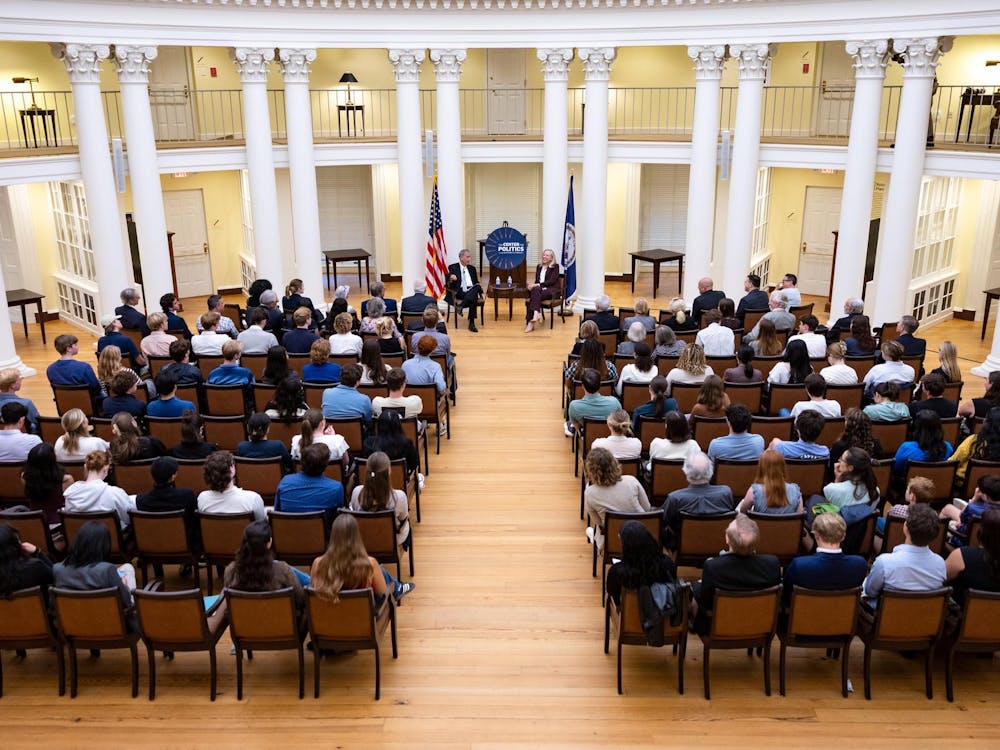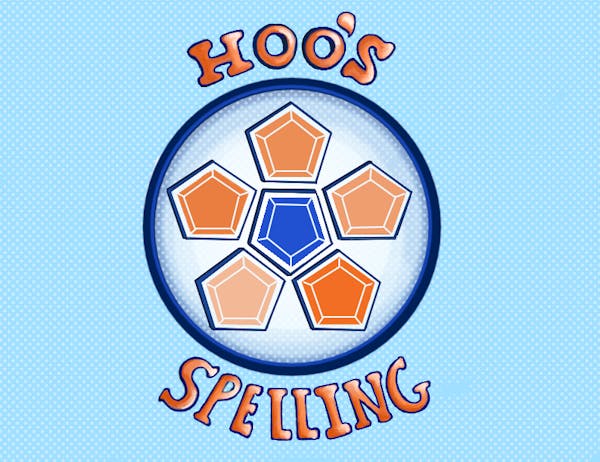An occasional controversy is an inevitable occurrence in any large academic health system, but when concerns surface repeatedly, they signal something deeper. In Sept. 2024, a letter signed by 128 doctors addressed to the Board of Visitors raised concerns about compromised patient safety and a culture of fear and retribution at U.Va. Health, prompting the University to retain the Washington D.C. law firm Williams & Connolly LLP to conduct an internal investigation. Following this letter, last month, U.Va. Health was accused in a 105-page federal lawsuit of fostering a leadership-driven “culture of fear and retaliation” that includes extortion, fraudulent billing and prioritizing profits over patient care and safety.
Despite the seriousness and breadth of these allegations, there has been very little discourse or open communication led by the University to the public. While we should expect the defendants to dispute the validity and legitimacy of the claims, these serious allegations have ignited a pressing concern — does U.Va. Health have a transparency problem that needs to be addressed? All signs point to yes.
To understand why transparency matters so much here, it is important to recognize that U.Va. Health is not a private company operating under independent discretion. It is a public institution owned by the University. It is also not just some urgent care or neighborhood clinic you go to when you fall down the stairs at Trin. Rather, U.Va. Health is a leading health system in the state of Virginia, one that is comprised of hospitals, trauma and cancer centers, and a statewide clinical network that performs life-saving surgeries and conducts groundbreaking medical research. In an institution this large, public trust is not just nice to have, but rather a core asset for a prestigious public health system.
Maintaining this public trust has been difficult as of late, especially given the consistent cycle of administrative entropy and the lack of transparency which has accompanied it. Craig Kent, chief executive officer of U.Va. Health, resigned Feb. 25 following the conclusion of the Williams & Connolly investigation. Two senior U.Va. Health leaders, Melissa Kibbe and Wendy Horton, quietly left the health system this July with no public announcement from the system itself. And most recently, the Board of Visitors selected Mitch Rosner as the executive vice president for health affairs and chief executive officer of U.Va. Health — with no national or external search made. Even if U.Va. Health intends to keep internal struggles private, the instability at the most senior positions in the administration understandably undermines public trust.
This undermining of public trust is compounded by the lack of transparency which has surrounded the leadership and lawsuit developments. Indeed, if U.Va. Health seeks to preserve stakeholder confidence in the integrity of the institution, transparency is its answer. From news articles to reddit threats, University stakeholders have been left questioning their school’s true motives and Charlottesville residents remain skeptical of whether the health system that is funded by their taxes is being governed responsibly. University officials should be committed to sharing what they can through summarized reports, public briefings or even community-wide messages showing respect for the community’s right to information and awareness.
For example, a public statement made by the University president could have made a difference in effectively and transparently addressing the community’s concerns about the claims in the recent lawsuit. Open community discussion could have been held, which would have allowed students, faculty and alumni to raise questions about the serious allegations. Taking these additional steps to ensure proactive hands-on engagement with all stakeholders of the University community protects the integrity of the University’s leadership, especially in these times where they are under intense scrutiny.
Some people might argue that such radical transparency is not required with regard to the U.Va. Health lawsuit because its leadership has already changed, leaving the concerns and allegations in the past. They may believe that silence better protects the reputation of the institution and prevents unnecessary conflicts. However, the concerns raised by the 128 doctors in their letter of no confidence to the Board highlights the depth of the matter. These feelings and concerns do not simply evaporate with the change of a couple of leaders. Without transparency and open dialogue, these feelings linger, and confidence in leadership remains fragile.
Genuine outreach shows the University’s members and stakeholders that they matter and that their voices and input play a legitimate role in shaping the pathway forward for the University. It turns speculation into understanding and skepticism into trust. With the attention now focused on U.Va. Health, an opportunity has emerged for the institution to reaffirm to the population it serves, and whose health and well-being it protects. The bedrock principles of communication, dialogue and openness are especially vital in times where institutional leadership is fragile.
Mason Segarnick is a viewpoint writer on health, technology and environment for The Cavalier Daily. He can be reached at opinion@cavalierdaily.com.
The opinions expressed in this column are not necessarily those of The Cavalier Daily. Columns represent the views of the author alone.







